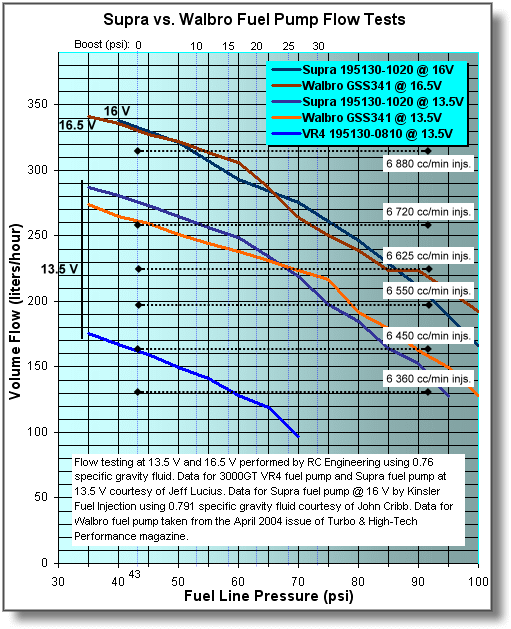
| Air/Fuel Ratio Limits | |
|
6.0:1 9.0:1 11.5:1 12.5:1 13.2:1 14.7:1 15.5:1 16.2:1 18-22:1 |
Rich run limit Low power, black smoke Rich best torque at WOT Safe best power at WOT Lean best torque at WOT Chemically ideal Lean light load, part throttle Best economy, part throttle Lean run limit |

| Back | Home | Forward |